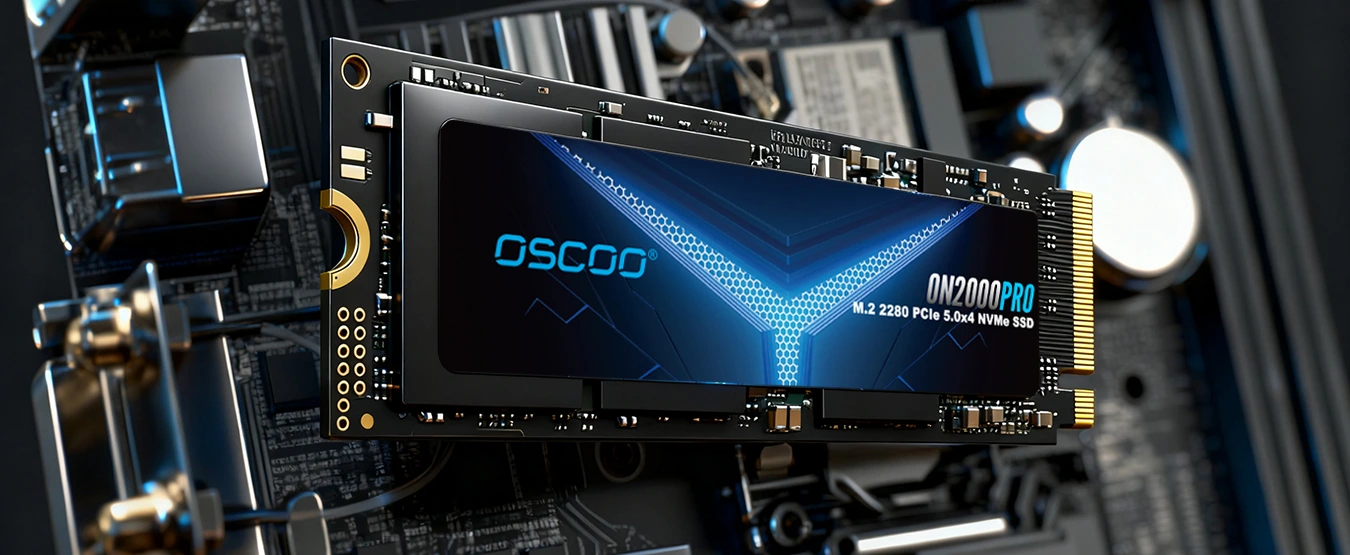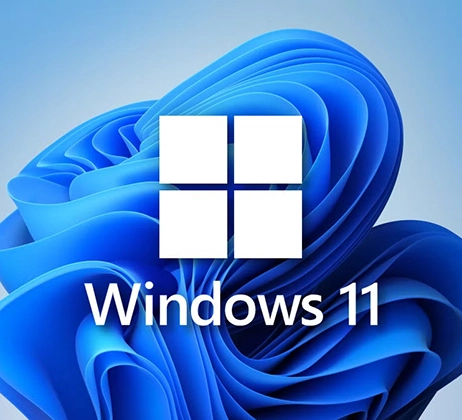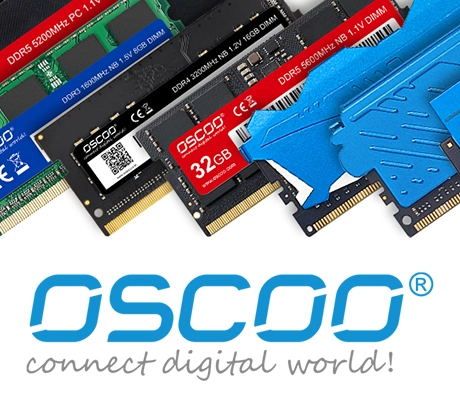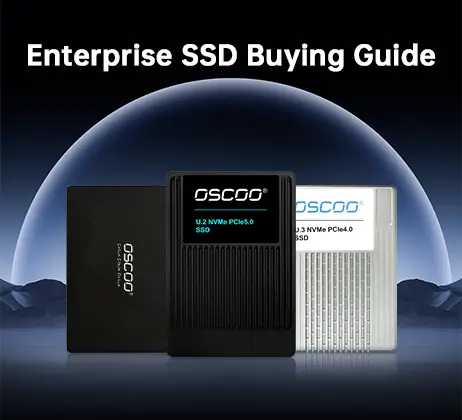When choosing a solid-state drive (SSD), we often focus on its capacity and read/write speeds, but one frequently overlooked yet critical component is the cache chip. An SSD primarily consists of a controller chip, NAND flash memory for data storage, and cache. Although NAND flash can store data permanently, its read/write speeds are relatively slow, and it has a limited lifespan—each write operation causes wear. Therefore, an efficient controller chip requires a capable assistant to help manage and schedule data quickly, thereby improving overall performance and extending lifespan. This key role is played by the DRAM cache. Understanding its presence and function is crucial when selecting the right SSD.

What Is SSD DRAM Cache?
DRAM cache is a standalone physical memory chip on an SSD, functioning similarly to a computer’s RAM. It is a volatile memory, meaning that data stored in it is lost once power is cut off. This chip primarily serves as two important workspaces for the SSD controller to process data.
The first workspace is for storing the mapping table. When the operating system reads a file, it uses a logical address, whereas the actual location of the data in the NAND flash memory is a physical address. The controller chip requires a mapping table called FTL to quickly convert between these two addresses. By storing this complex “map” in the high-speed DRAM cache, the controller can swiftly query data locations without needing to search the much slower NAND flash.
The second workspace is as a data buffer. When the computer needs to write data, the controller can temporarily store this data in the DRAM cache, accumulating enough data before organizing and writing it to the NAND flash. This approach not only improves the efficiency of writing numerous small files but also reduces the number of erase-write cycles on the NAND flash by merging operations. Thus, DRAM cache is fundamentally a key component for enhancing SSD efficiency and lifespan.
How Does DRAM Cache Improve SSD Performance?
DRAM cache enhances SSD performance primarily through data addressing and management efficiency. A simple comparison can help illustrate its working principle. When the operating system needs to read a file, it requests a logical address from the SSD. For an SSD equipped with DRAM cache, the controller chip immediately queries the FTL mapping table in the DRAM—much like consulting a detailed map kept at hand—instantly locating the exact physical position of the data in the NAND flash and accessing it directly. This process is extremely fast.
However, for an SSD without independent DRAM cache, the controller chip must load this extensive mapping table from a specific area in the much slower NAND flash (called the “metadata area”). This is equivalent to having to run deep into a warehouse to fetch the map every time you need to find something, reading it, and then going to retrieve the item. This additional step significantly increases latency, especially when handling numerous small files that require frequent mapping table queries. The performance gap becomes very noticeable in such scenarios.
Furthermore, when writing data, the DRAM cache acts as an efficient buffer. It allows the controller chip to temporarily consolidate small data packets into larger blocks before writing them to the NAND flash. This approach not only improves write efficiency but also avoids unnecessary wear on the NAND flash caused by writing small data blocks frequently. Therefore, DRAM cache fundamentally enhances SSD responsiveness and durability by optimizing data addressing and write processes.
Core Role and Advantages of DRAM Cache
The DRAM cache in an SSD plays an indispensable role through several key mechanisms, with its core advantages mainly reflected in performance, lifespan, and stability.
- DRAM cache significantly improves the SSD’s random read/write performance. This is because the operating system relies heavily on random read/write capabilities for most daily tasks, such as booting the system, loading applications, or reading/writing numerous small files. The DRAM cache stores the complete FTL mapping table, enabling the controller chip to locate data in the NAND flash with extremely low latency. This significantly reduces response time, making the system feel smoother and more agile.
- DRAM cache helps extend the SSD’s lifespan. NAND flash has physical limitations—each memory cell has a limited number of erase-write cycles. The DRAM cache serves as a high-speed buffer, allowing the controller chip to consolidate scattered write operations into more efficient, larger data blocks before writing them to the flash. This technique, called “write coalescing,” reduces unnecessary erase-write cycles on the NAND flash, lowering wear at the physical level.
- DRAM cache ensures performance stability under sustained high workloads. During large file sequential read/write operations or prolonged heavy tasks, an SSD without cache may experience sharp performance drops due to mapping table retrieval bottlenecks. The independent DRAM cache ensures the mapping table is always readily accessible at high speed, effectively maintaining the SSD’s high transfer rates, avoiding performance fluctuations, and providing a more reliable user experience.
In summary, DRAM cache is not merely a simple accelerator but a core component for optimizing data management, improving efficiency, and ensuring long-term stable operation.
DRAM SSD vs. DRAM-less SSD
After understanding the core advantages of DRAM cache, let’s take a direct comparison to clearly see the differences between SSDs with DRAM cache and DRAM-less SSDs in practical applications.
| Feature | DRAM SSD | DRAM-less SSD |
|---|---|---|
| Core Component | Includes a dedicated DRAM cache chip | No dedicated DRAM cache chip |
| Mapping Table (FTL) Storage | Stored in high-speed DRAM | Stored in a specific area of the slower NAND flash (metadata region) |
| Data Buffering | Uses DRAM as a high-speed write buffer for write coalescing | Relies on the controller’s small SRAM or system memory (e.g., HMB), offering limited caching capability |
| Random Read/Write Performance | Excellent. Extremely fast mapping table queries result in snappy system response, especially with numerous small files. | Weaker. Frequent access to the mapping table in slower NAND causes higher latency; random performance (especially 4K IOPS) is typically lower. |
| Write Endurance & Wear | Theoretically Longer. Write coalescing optimizes writes, reducing NAND erase cycles and physically extending lifespan. | Theoretically Shorter. Less efficient write strategies may increase unnecessary writes to NAND, though lifespan usually still exceeds practical use for most consumers. |
| Heavy Workload Stability | More Stable. Dedicated DRAM ensures consistent high-speed access to the mapping table, maintaining performance during large file transfers or sustained loads. | Can be Volatile. Prone to performance degradation (speed drops) under sustained writes or complex workloads due to mapping table bottlenecks. |
| Cost & Price | Higher. Additional DRAM chip and more complex design increase cost. | Lower. Omitting the DRAM chip significantly reduces cost, offering better price competitiveness. |
| Typical Use Cases | OS/boot drive, gaming drive, professional applications (content creation, VMs, databases). | High-capacity storage drive, budget-friendly upgrades, revitalizing old hardware, light office tasks. |
It is worth noting that many DRAM-less SSDs based on the NVMe protocol employ HMB (Host Memory Buffer) technology, which borrows a portion of the system memory via the PCIe interface to act as cache. Their performance is generally better than that of completely cache-less SATA SSDs, narrowing the gap with cached drives to some extent.
Do I Really Need an SSD with DRAM?
Deciding whether to purchase an SSD with DRAM cache depends primarily on your specific use case and budget considerations. Below are recommendations for different needs:
When an SSD with DRAM cache is recommended
- If you plan to use the SSD as the primary drive for installing the operating system and applications.
- If you are a gamer and want faster game loading speeds and scene switching experiences.
- If you are engaged in content creation, programming, or design work, frequently handling large files, running virtual machines, or performing multitasking.
In summary, as long as you seek faster system responsiveness, more stable performance, and your budget allows, choosing an SSD with DRAM cache is a wise investment.
When a DRAM-less SSD may be considered
- If your primary need is to add a large-capacity storage drive to your computer for storing media files such as movies, music, and photos.
- If your upgrade budget is very limited, and price is the primary consideration.
- If you only engage in light office applications such as web browsing and document processing, with no demand for high performance.
- For upgrading older computers, even a DRAM-less SSD will provide an experience far superior to that of a mechanical hard drive, sufficient for basic speed improvement needs.
In conclusion, your choice should be based on specific usage: opt for a cached model if you pursue high performance and professional applications, and consider a cache-less solution if you prioritize budget and expanded storage.
FAQ
Q: What is an SSD with DRAM cache?
A: An SSD with DRAM cache refers to a solid-state drive that, in addition to the controller chip and NAND flash memory chip, includes an independent DRAM memory chip on its circuit board. This chip is dedicated to high-speed storage of the FTL mapping table and data caching, making it one of the hallmark components of high-performance SSDs.
A: Yes, it matters, but its importance depends on your usage scenario. For users employing the SSD as a system drive or running performance-demanding applications, DRAM cache can significantly improve responsiveness and overall user experience. For users who only need it for storage or light usage, its importance diminishes.
Q: Do SATA SSDs have DRAM cache?
A: Some SATA SSDs do have DRAM cache, but many entry-level and low-cost SATA SSDs omit it to control costs. Therefore, the SATA interface is not an indicator of the presence of cache; you need to specifically check the specifications of the model when making a purchase.
Q: Does an SSD with DRAM last longer?
A: Theoretically, yes. An SSD with DRAM cache can reduce unnecessary write operations to the NAND flash through more efficient data management and write coalescing strategies, thereby slowing down wear. However, for the vast majority of ordinary users, the lifespan of either type of SSD typically far exceeds the practical usage duration of the product.
Q: Do I need a cache on my SSD?
A: It depends on your usage. If you are using the SSD as a system drive or for tasks such as gaming or professional software that demand performance, then cache is crucial. If you are only using it as secondary data storage, the importance of cache decreases.
Q: How much cache should my SSD have?
A: Generally, the capacity of an SSD’s DRAM cache is proportional to its storage capacity, with a common ratio being approximately 1 GB of DRAM per 1 TB of SSD. For daily use, you don’t need to overly worry about the specific cache size; it’s more important to first determine whether you need a cached model.
In summary, DRAM cache is a critical component for the performance and durability of an SSD, but it is not the sole criterion for judging an SSD’s quality. It is more like a key differentiator between high-performance products and entry-level products. For most users, our advice is clear: if you plan to use the SSD as your primary system drive or for tasks such as gaming and content creation that demand performance, then investing in a model equipped with DRAM cache is a wise choice to ensure a smooth and stable experience.





